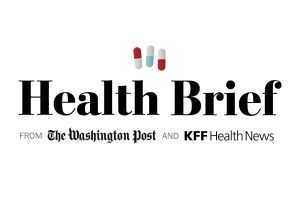‘Everybody in This Community Has a Gun’: How Oakland Lost Its Grip on Gun Violence

OAKLAND, Calif. — The red-tipped bullet pierces skin and melts into it, Javier Velasquez Lopez explains. The green-tipped bullet penetrates armored vests. And the hollow-tipped bullet expands as it tears through bodies.
At 19, Velasquez Lopez knows a lot about ammunition because many of his friends own guns, he said. They carry to defend themselves in East Oakland, where metal bars protect shop windows and churches stand behind tall, chain-link fences.
Some people even hide AR-15-style assault weapons down their pants legs, he said.
“It doesn’t feel safe. Wherever you’re at, you’re always anxious,” said Velasquez Lopez, who dreams of leaving the city where he was born. “You’re always wondering what’s going to happen.”
Last year, two gunmen in ski masks stormed his high school, killing a school district carpenter and injuring five other adults, including two students.
Oakland won acclaim just a few years ago as a national model for gun violence prevention, in part by bringing police and community groups together to target the small number of people suspected of driving the gun violence.
Then, in 2020, the covid-19 pandemic shut down schools, businesses, and critical social services nationwide, leaving many low-income people isolated and desperate — facing the loss of their jobs, homes, or both. The same year, police murdered George Floyd, a Black man in Minneapolis, which released pent-up fury over racial discrimination by law enforcement, education, and other institutions — sparking nationwide protests and calls to cut police funding.
In the midst of this racial reckoning and facing the threats of an unknown and deadly virus, Americans bought even more guns, forcing some cities, such as Raleigh, North Carolina; Chicago; New York City; and Oakland, to confront a new wave of violent crime.
“There was emotional damage. There was physical damage,” said James Jackson, CEO of Alameda Health System, whose Wilma Chan Highland Hospital Campus, a regional trauma center in Oakland, treated 502 gunshot victims last year, compared with 283 in 2019. “And I think some of this violence that we’re seeing is a manifestation of the damage that people experienced.”
Jackson is among a growing chorus of health experts who describe gun violence as a public health crisis that disproportionately affects Black and Hispanic residents in poor neighborhoods, the very people who disproportionately struggle with Type 2 diabetes and other preventable health conditions. Covid further eviscerated these communities, Jackson added.
While the pandemic has retreated, gun violence has not. Oaklanders, many of whom take pride in the ethnic diversity of their city, are overwhelmingly upset about the rise in violent crime — the shootings, thefts, and other street crimes. At town halls, City Council meetings, and protests, a broad cross-section of residents say they no longer feel safe.
Programs that worked a few years ago don’t seem to be making a dent now. City leaders are spending millions to hire more police officers and fund dozens of community initiatives, such as placing violence prevention teams at high schools to steer kids away from guns and crime.
Yet gun ownership in America is at a historic high, even in California, which gun control advocates say has the strictest gun laws in the country. More than 1 million Californians bought a gun during the first year of the pandemic, according to the latest data from the state attorney general.
As Alameda County District Attorney Pamela Price told an audience at a September town hall in East Oakland: “We are in a unique, crazy time where everybody in this community has a gun.”
The Streets of Oakland
Oakland’s flatlands southeast of downtown are the backdrop of most of the city’s shootings and murders.
The area stands in stark contrast to the extreme wealth of the millionaire homes that dot the Oakland Hills and the immaculate, flower-lined streets of downtown. The city’s revived waterfront, named after famed author and local hero Jack London, draws tourists to trendy restaurants.
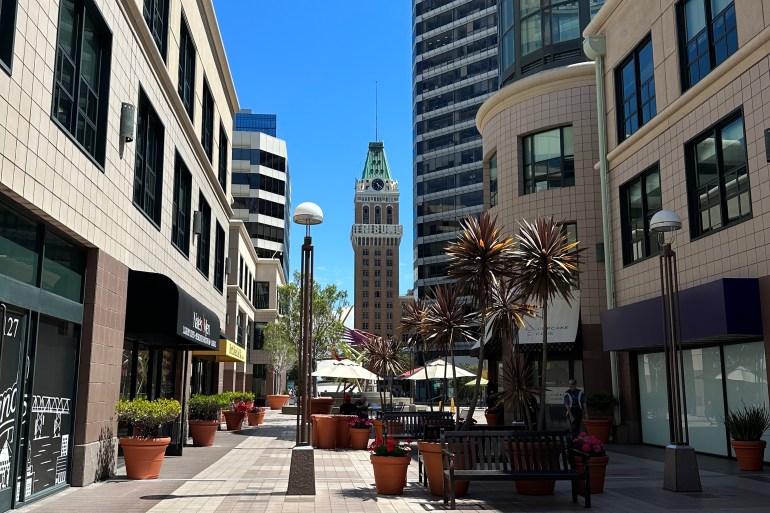
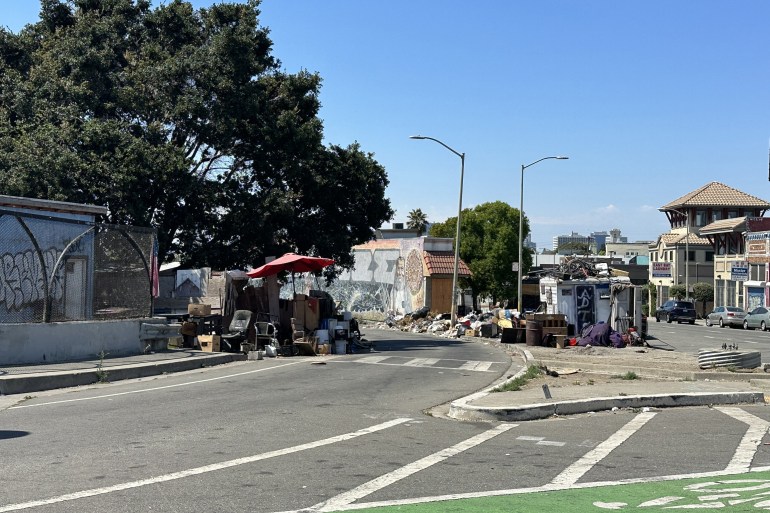
On a Saturday night in August, Shawn Upshaw drove through the flatlands along International Boulevard, past the prostitutes who gather on nearly every corner for at least a mile, and into “hot spots,” where someone is shot nearly every weekend, he said.
“When I grew up, women and kids would get a pass. They wouldn’t get caught in the crossfire,” said Upshaw, 52, who was born and raised in Oakland. “But now women and kids get it, too.”
Upshaw works as a violence interrupter for the city’s Department of Violence Prevention, which coordinates with the police department and community organizations in a program called Ceasefire.
When there’s a shooting, the police department alerts Upshaw on his phone and he heads to the scene. He doesn’t wear a police uniform. He’s a civilian in street clothes: jeans and a black zip-up jacket. It makes him more approachable, he said, and he’s not there to place blame, but rather to offer help and services to survivors and bystanders.
The goal, he said, is to stop a retaliatory shooting by a rival gang or grieving family member.

Police also use crime data to approach people with gang affiliations or long criminal records who are likely to use a gun in a crime — or be shot. Community groups follow up with offers of job training, education, meals, and more.
“We tell them they’re on our radar and try to get them to recognize there are alternatives to street violence,” said Oakland Police Department Capt. Trevelyon Jones, head of Ceasefire. “We give them a safe way of backing out of a conflict while maintaining their street honor.”
Every Thursday at police headquarters, officers convene a “shooting review.” They team up with representatives from community groups to make house calls to victims and their relatives.
After the program launched in 2012, Oakland’s homicides plummeted and were down 39% in 2019, according to a report commissioned by the Oakland Police Department.
Then covid hit.
“You had primary care that became an issue. You had housing that became an issue. You had employment that became an issue,” said Maury Nation, an associate professor at Vanderbilt University. “It created a surplus of the people who fit that highest risk group, and that overwhelms something like Ceasefire.”
With ever-rising housing prices in Oakland and across California, homeless encampments have multiplied on sidewalks and under freeway bypasses. The city is also bracing for the loss of jobs and civic pride if the Oakland Athletics baseball team relocates after April 2024, following departures by the NBA’s Golden State Warriors in 2019 and the NFL’s Raiders in 2020.
“Housing, food insecurity, not having jobs that pay wages for folks, all can lead to violence and mental health issues,” said Sabrina Valadez-Rios, who works at the Freedom Community Clinic in Oakland and teaches a high school class for students who have experienced gun violence. Her father was fatally shot outside their Oakland home when she was a child. “We need to teach kids how to deal with trauma. Violence is not going to stop in Oakland.”
Homicides in Oakland climbed to 123 people in 2021, police reports show, dipping slightly to 120 last year. Police have tallied 108 homicides as of Nov. 12 this year. Neither the police department nor the city provided statistics on how many of those killings involved firearms, despite repeated requests from KFF Health News.
Experts also blame the rise in killings in Oakland and other American cities on the prevalence of gun ownership in the U.S., which has more guns than people. For all the pandemic disruption worldwide, homicide rates didn’t go up in countries with strict gun laws, said Thomas Abt, director of the Center for the Study and Practice of Violence Reduction at the University of Maryland.
“We saw gun violence, homicides, shootings spike up all around the country. And interestingly, it did not happen internationally,” Abt said. “The pandemic did not lead to more violence in other nations.”
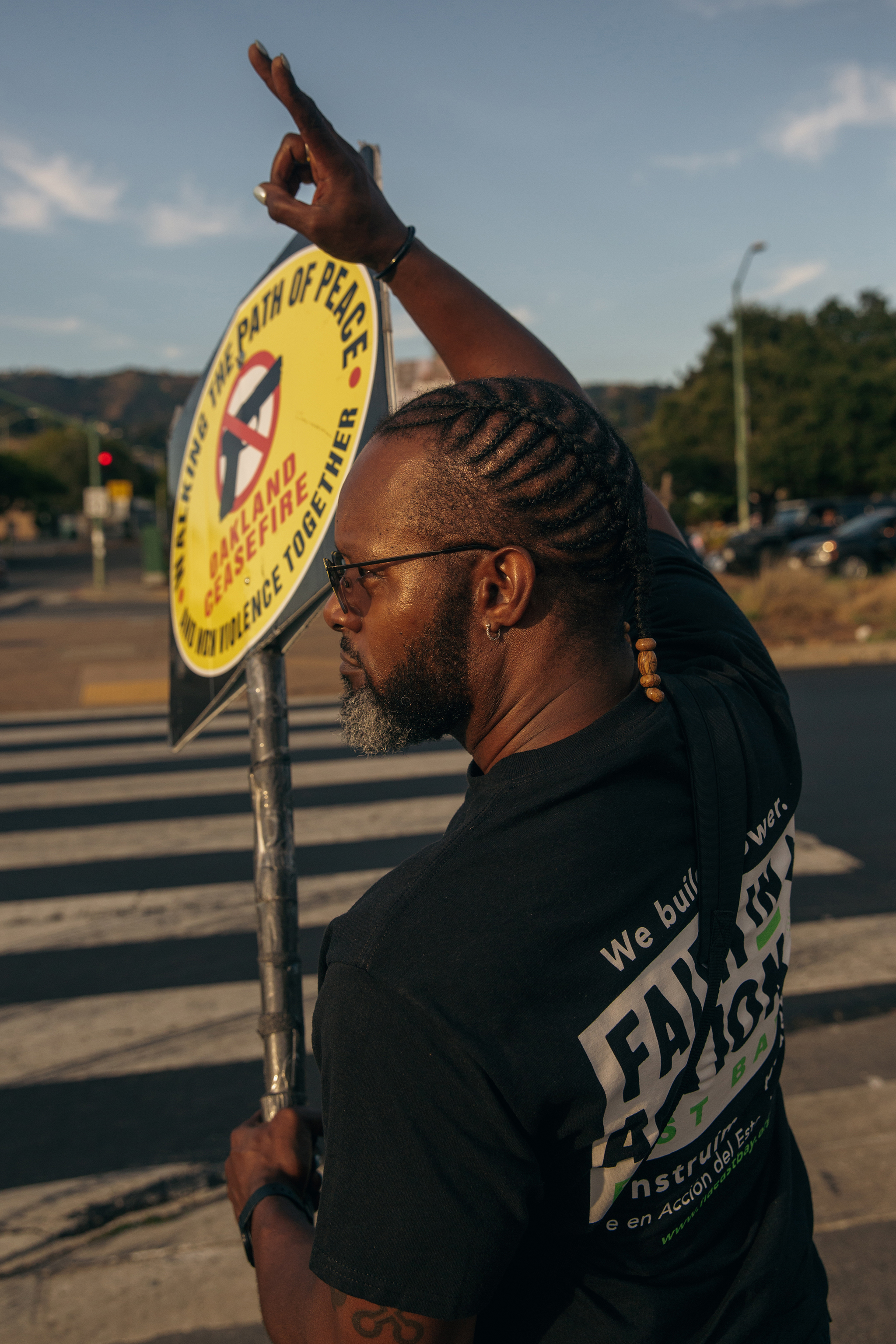
Unrest in Oakland
Oakland residents are angry. One by one, business owners, community organizers, church leaders, and teenagers have stood at town halls and City Council meetings this year with an alarming message: They no longer feel safe anywhere in their city — at any time.
“It’s not just a small number of people in the evening or nighttime. This is all hours, day and night,” said Noha Aboelata, founder of the Roots Community Health Center in Oakland. “Someone’s over here pushing a stroller and someone’s getting shot right next to them.”
One morning in early April, automatic gunfire erupted outside a Roots clinic. Patients and staff members dropped to the ground and took cover. After the shooting stopped, medical assistants and a doctor gave first aid to a man in his 20s who had been shot six times.
Everyone is blaming someone or something else for the bloodshed.
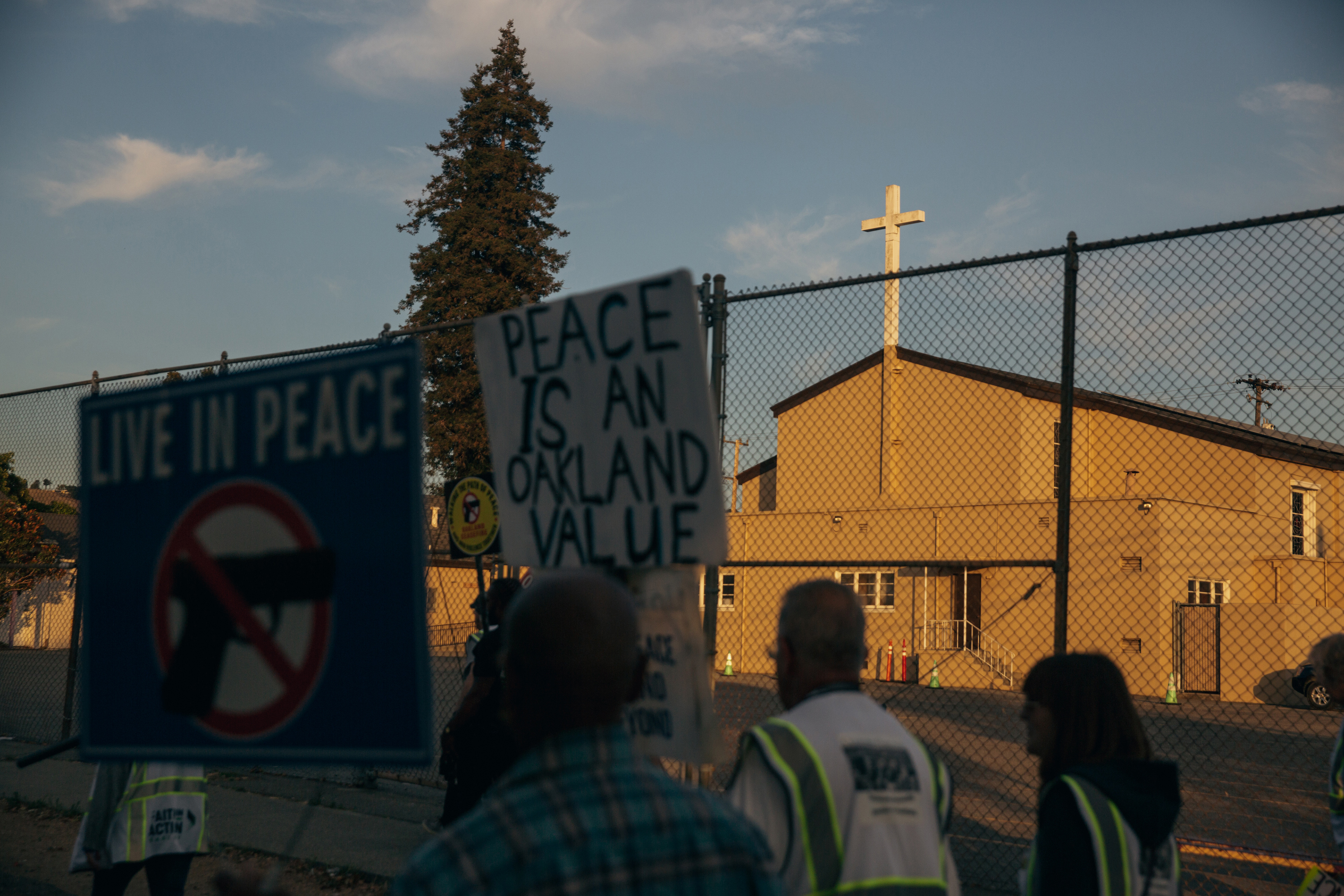
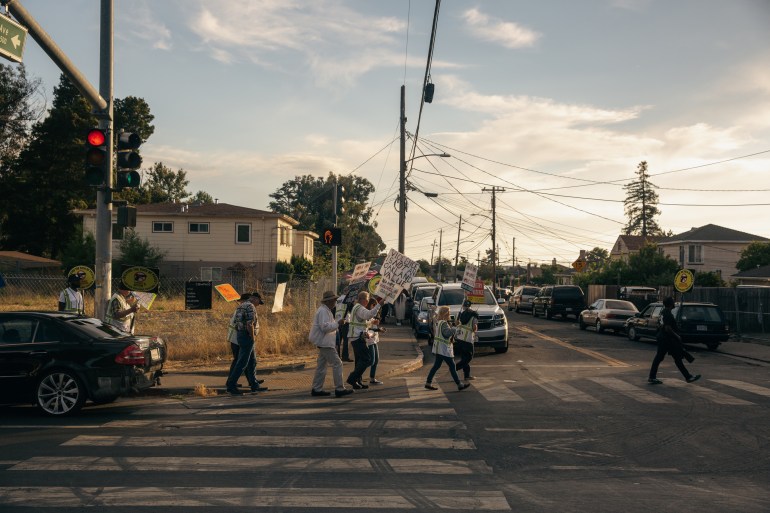

Business owners have had enough. In September, Target announced it would close nine stores in four states, including in Oakland because of organized retail theft; the famed Vietnamese restaurant Le Cheval shut its doors after 38 years, partly blaming car break-ins and other criminal activity for depressing its business; and more than 200 business owners staged an hours-long strike to protest the rise in crime.
The leadership of the local NAACP, the nation’s oldest civil rights organization, made headlines this summer when it said Oakland was seeing a “heyday” for criminals, and pointed to the area’s “failed leadership” and “movement to defund the police.”
“It feels like there’s a dark cloud over Oakland,” said Cynthia Adams, head of the local chapter, which has called on the city to hire 250 more police officers.
Price, a progressive elected last year, already faces a recall effort, in part because she rejects blanket enhanced sentences for gangs and weapons charges, and has declined to charge youths as adults.
The new mayor, Sheng Thao, was criticized for firing the police chief for misconduct and breaking a campaign promise to double funding at the city’s Department of Violence Prevention. In her first State of the City address last month, Thao described the surge in crime as “totally and completely unacceptable,” and acknowledged that Oaklanders are hurting and scared. She said the city has expanded police foot patrols and funded six new police academies, as well as boosted funding for violence prevention and affordable housing.
“Not a day goes by where I don’t wish I could just wave a magic wand and silence the gunfire,” Thao said.
Many in the community, including Valadez-Rios, advocate for broader investment in Oakland’s poorest neighborhoods over more law enforcement.
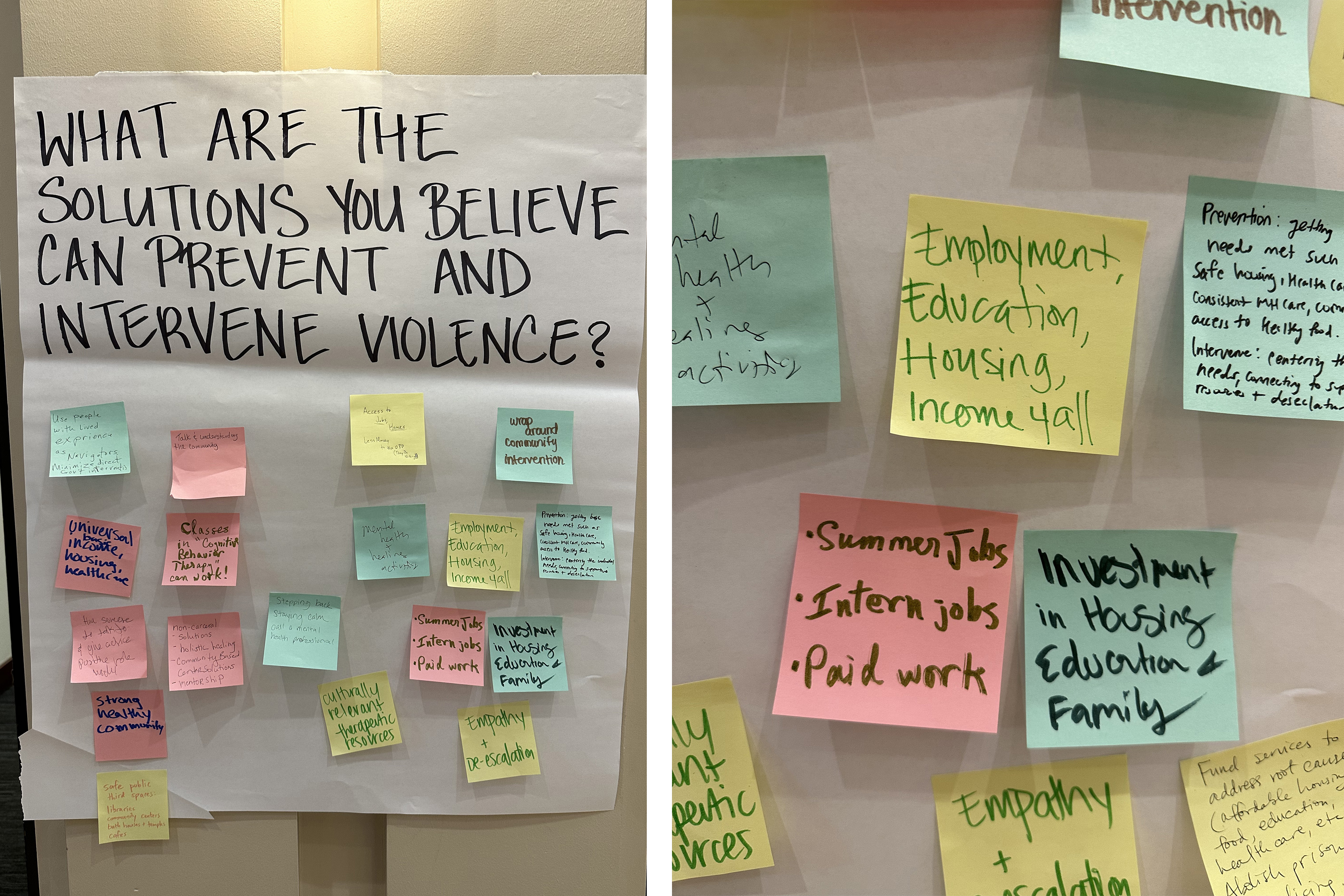
City councils, states, and the federal government are putting their faith in violence prevention programs, in some cases bankrolling them from nontraditional sources, such as the state-federal Medicaid health insurance program for low-income people.
Last month, California’s Democratic Gov. Gavin Newsom approved an 11% state tax on guns and ammunition, and $75 million of the revenue annually is expected to go to violence prevention programs.
Although these programs are growing in popularity, it is unclear how successful they are. In some cases, proven programs that involve law enforcement, such as Ceasefire, were cut back or shelved after George Floyd was murdered, said Abt, the Maryland researcher.
“The intense opposition to law enforcement means that the city was unwilling to use a portion of the tools that have been proven,” Abt said. “It’s good to work on preventing youth violence, but the vast majority of serious violence is perpetrated by adults.”
Not a day goes by where I don’t wish I could just wave a magic wand and silence the gunfire.
Oakland Mayor Sheng Thao
A Focus on Schools
Kentrell Killens, interim chief at the Oakland Department of Violence Prevention, acknowledges that young adults drive Oakland’s gun violence, not high school kids. But, he said, shootings on the streets affect children. Of the 171 homicides in 2019 and 2020, 4% of victims were 17 or under, while 59% were ages 18 to 34, according to the Oakland Police Department.
The number of children injured in nonfatal shootings is also worrisome, he said. Roughly 6% of victims and 14% of suspects in nonfatal shootings were 17 or younger in 2019 and 2020.

“We’ve seen the impact of violence on young people and how they have to make decisions around what roles they want to play,” said Killens, who spent a decade as a case manager working with schoolkids.
By being in the schools, “we can deal with the conflicts” that could spill into the community, he added.
At Fremont High School, Principal Nidya Baez has welcomed a three-person team to her campus to confront gun violence. One caseworker focuses on gun violence and another on sexual assaults and healthy relationships. The third is a social worker who connects students and their families to services.
They are part of a $2 million city pilot program created after the Oakland School Board eliminated school-based police in 2020 — about one month after George Floyd was killed and after a nine-year push by community activists to kick police out of schools.
“We’ve been at a lot of funerals, unfortunately, for gang-related stuff or targeting of kids, wrong-place-wrong-time kind of thing,” said Baez, whose father was shot and injured on his ice cream truck when she was a child.

When Francisco “Cisco” Cisneros, a violence interrupter from the nonprofit group Communities United for Restorative Youth Justice, arrived at Fremont in January, students were wary, he said. Many still are. Students are hard-wired not to share information — not to be a “snitch” — or open up about themselves or their home life, especially to an adult, Cisneros said. And they don’t want to talk to fellow students from another network, group, or gang.
“If we catch them at an early age, right now, we can change that mindset,” said Cisneros, who was born and raised in Oakland.
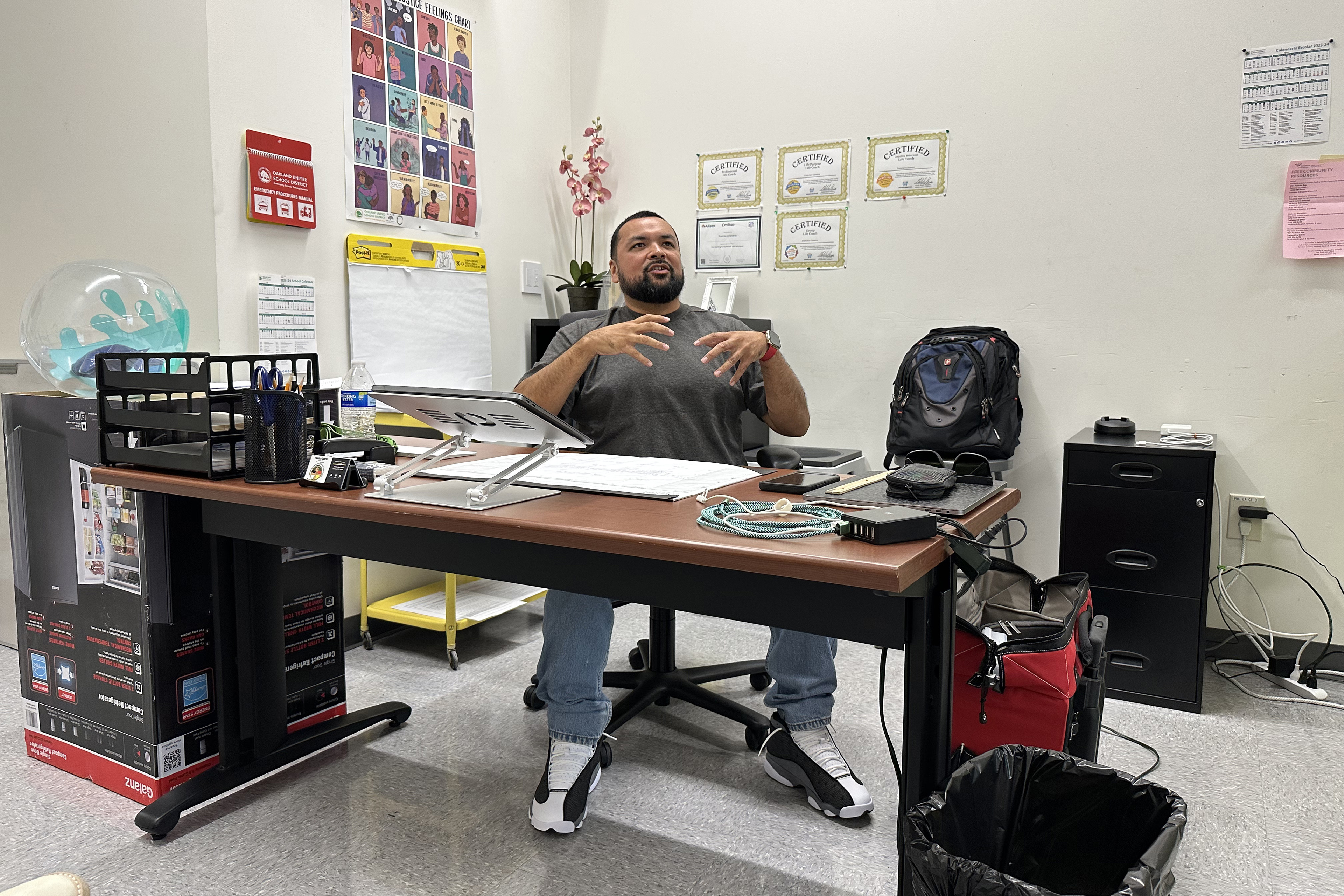
Cisneros pulls from his past to build a rapport with students. This summer, for example, when he overheard a student chatting on the phone to an uncle in jail, Cisneros asked about him. It turns out Cisneros and the boy’s uncle had grown up in the same neighborhood.
That was enough to begin a relationship between Cisneros and the student, “J,” who declined to be identified by his full name for fear of retribution. The 16-year-old credits Cisneros, whom he describes as “like a dad,” with keeping him engaged in school and employed with summer jobs — away from trouble. Still, he regularly worries about making a wrong move.
“You could do one thing and you could end up in a situation where your life is at risk,” J said in Cisneros’ office. “You go from being in school one day to being in a very bad, sticky situation.”
The program is underway in seven high schools, and Cisneros believes he has helped prevent a handful of conflicts from escalating into gun violence.
A Better Life
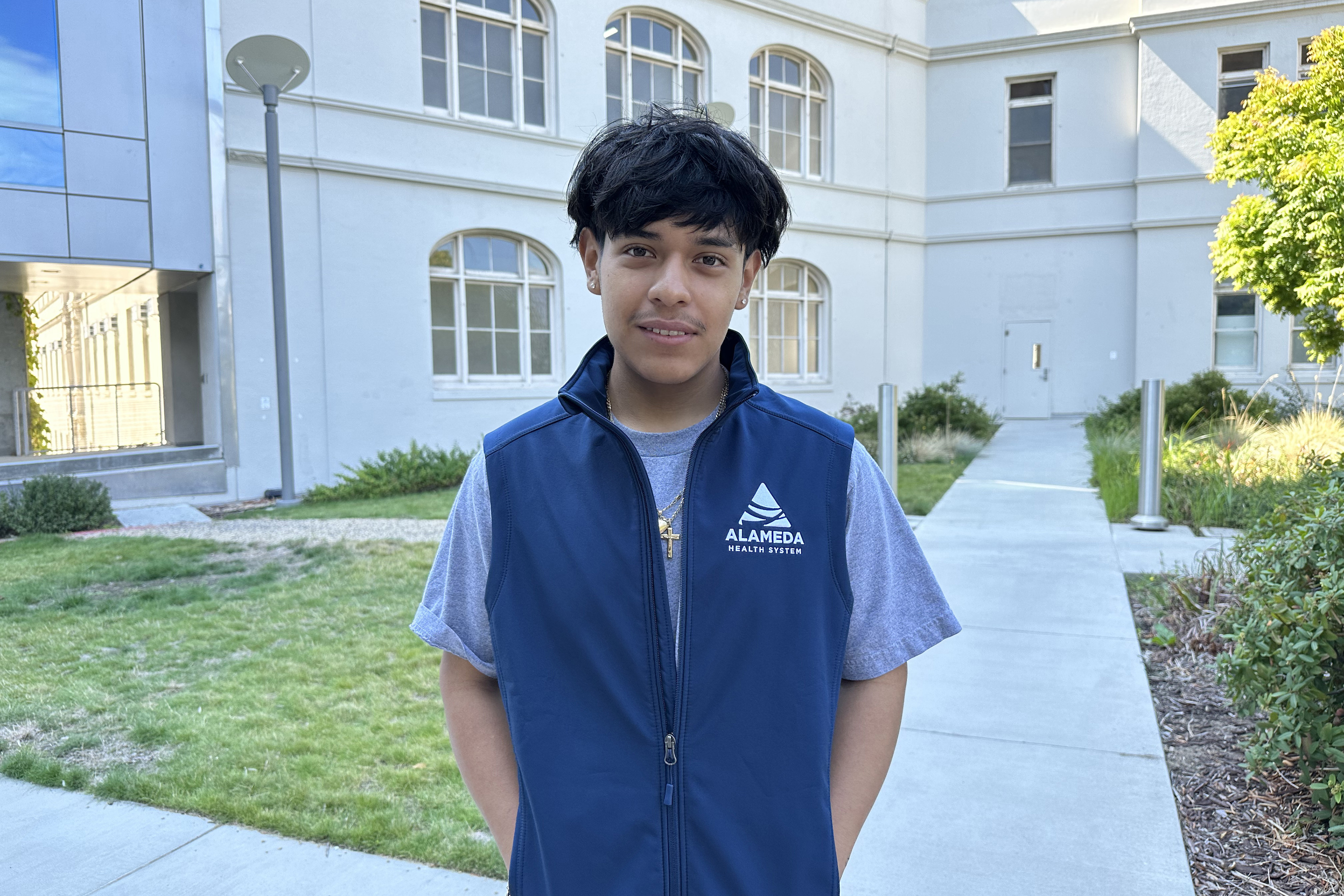
After his school counselor was shot at Rudsdale High School in September 2022, Velasquez Lopez heard that the man and other victims were treated at nearby Highland Hospital.
“Seeing him get hurt, he obviously needed medical attention,” Velasquez Lopez said. “That made it obvious I could help my community if I were to be a nurse to help people that live around my area.”
When a recruiter from the Alameda Health System came to campus to promote a six-week internship at Highland Hospital, Velasquez Lopez applied. It was, he said, a dramatic step for a student who had never cared about school or sought vocational training.
Over the summer, he volunteered in the emergency room, learned how to take a patient’s vitals, watched blood transfusions, and translated for Spanish-speaking patients.
Velasquez Lopez, who graduated this year, is now looking for ways to get a nursing degree. The cost of college is out of reach at the moment, but he knows he doesn’t want to stay in a city where you can easily buy a gun for $1,000 — or half that, if it’s been used in a crime.
Velasquez Lopez said he has bigger goals for himself.
Young people in East Oakland “always feel like we’re trapped in that community, and we can’t get out,” he said. “But I feel like we still have a chance to change our lives.”

This article was produced by KFF Health News, which publishes California Healthline, an editorially independent service of the California Health Care Foundation.

